Recycling Initiatives
Recycling initiatives in North America are becoming a pivotal driver for the aluminium metals market. The aluminium industry is known for its high recyclability, with nearly 75% of all aluminium ever produced still in use today. This characteristic not only reduces the environmental impact but also lowers production costs, making recycled aluminium a competitive alternative. In 2025, the recycling rate for aluminium is projected to exceed 90%, driven by increased consumer awareness and regulatory support for sustainable practices. This trend suggests that the aluminium metals market will continue to benefit from the circular economy, enhancing its sustainability profile and attracting investments.
Automotive Sector Growth
The automotive sector in North America is experiencing a notable transformation, which significantly impacts the aluminium metals market. As manufacturers increasingly focus on reducing vehicle weight to enhance fuel efficiency and comply with stringent emissions regulations, the use of aluminium in vehicle production is on the rise. In 2025, it is estimated that aluminium will account for over 30% of the total material used in vehicle manufacturing. This shift not only supports the automotive industry's sustainability goals but also drives the aluminium metals market towards innovative applications and advanced manufacturing processes. The growing trend of electric vehicles further amplifies this demand, as aluminium is favored for its lightweight properties.
Infrastructure Development
The ongoing infrastructure development in North America is a crucial driver for the aluminium metals market. With significant investments in transportation, energy, and construction sectors, the demand for lightweight and durable materials like aluminium is expected to rise. For instance, the U.S. government has allocated approximately $1 trillion for infrastructure projects, which includes the use of aluminium in bridges, roads, and buildings. This trend indicates a growing reliance on aluminium due to its corrosion resistance and recyclability, making it a preferred choice for modern infrastructure. As the aluminium metals market adapts to these developments, it is likely to witness increased production capacities and innovations in processing techniques to meet the rising demand.
Construction Sector Resilience
The resilience of the construction sector in North America serves as a vital driver for the aluminium metals market. With a projected growth rate of 4% annually, the construction industry is increasingly adopting aluminium for its versatility and strength. The material is extensively used in facades, roofing, and window frames, contributing to energy-efficient building designs. In 2025, the market for aluminium in construction is expected to reach approximately $20 billion, reflecting the material's growing acceptance among architects and builders. This trend indicates a robust future for the aluminium metals market, as it aligns with the increasing demand for sustainable and energy-efficient construction solutions.
Technological Innovations in Production
Technological innovations in production processes are significantly influencing the aluminium metals market in North America. Advances in manufacturing techniques, such as additive manufacturing and automation, are enhancing efficiency and reducing costs. These innovations allow for the production of complex aluminium components with minimal waste, catering to diverse industries including aerospace and construction. In 2025, it is anticipated that the adoption of these technologies will lead to a 15% increase in production efficiency within the aluminium metals market. This trend indicates a shift towards more sustainable and cost-effective production methods, positioning the industry for future growth.


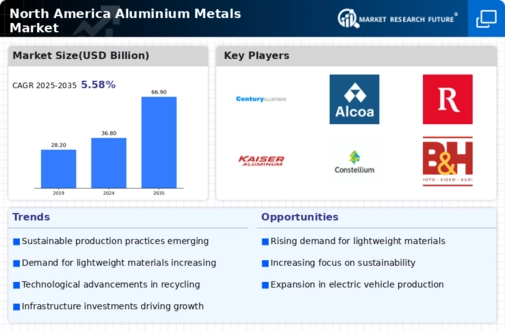
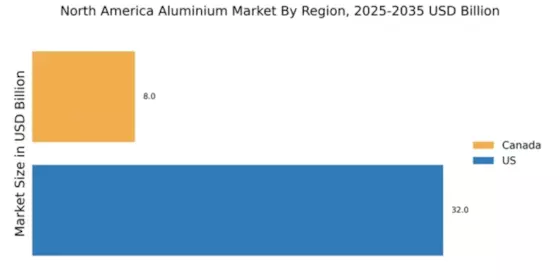

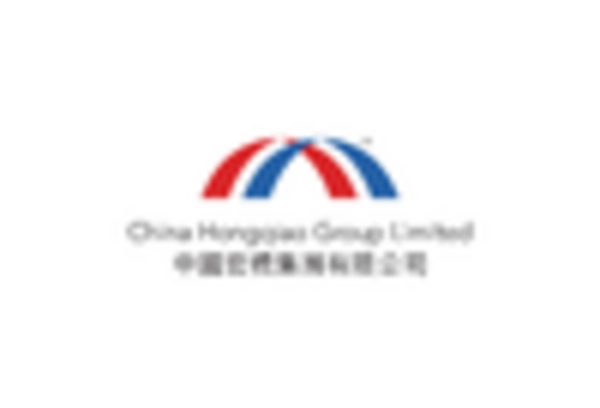
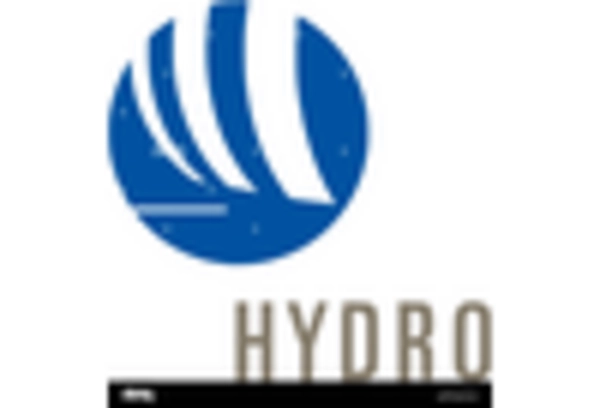
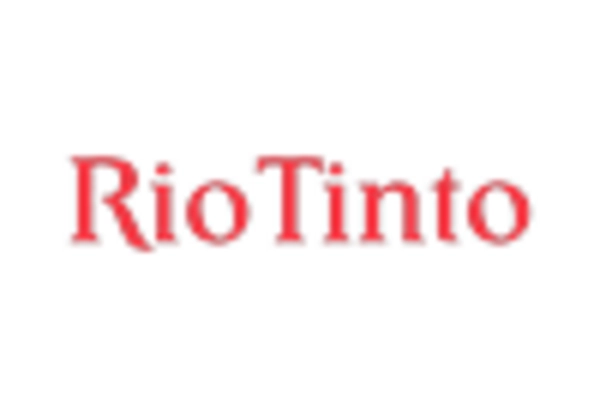
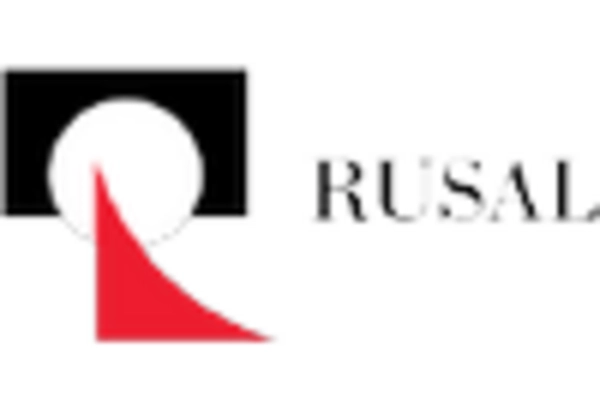









Leave a Comment